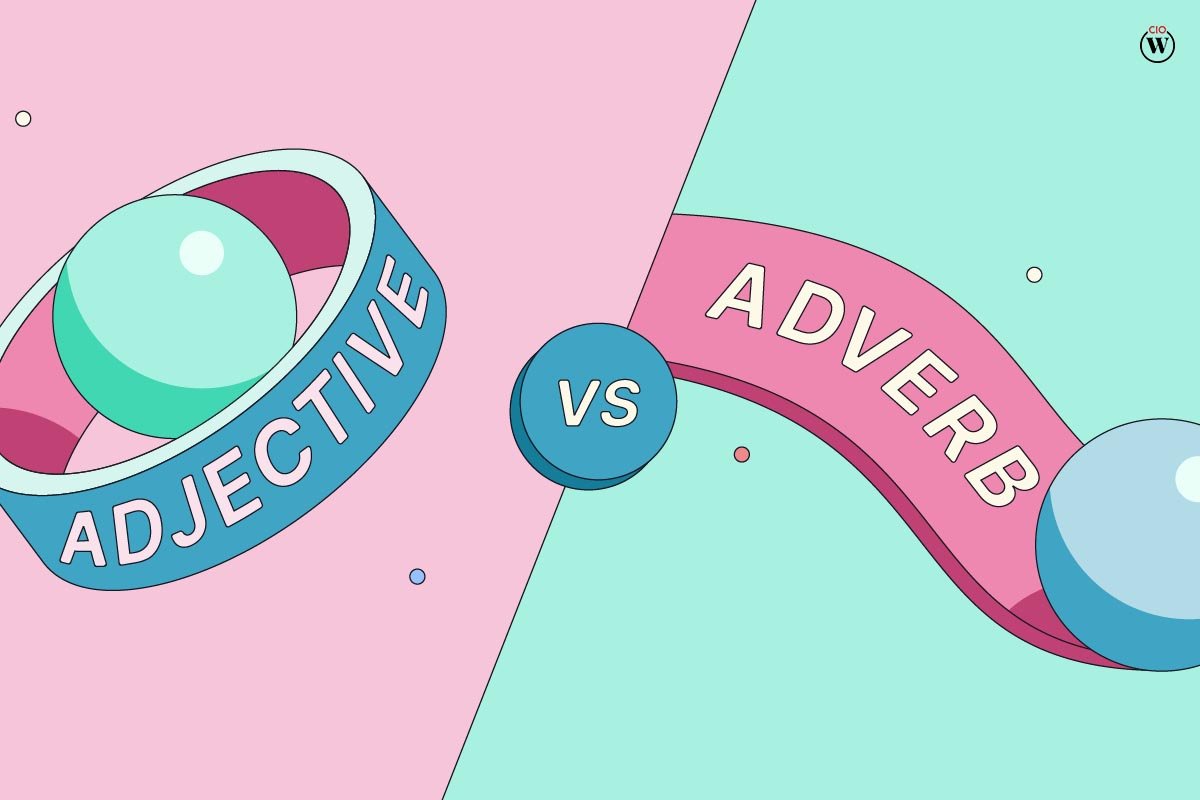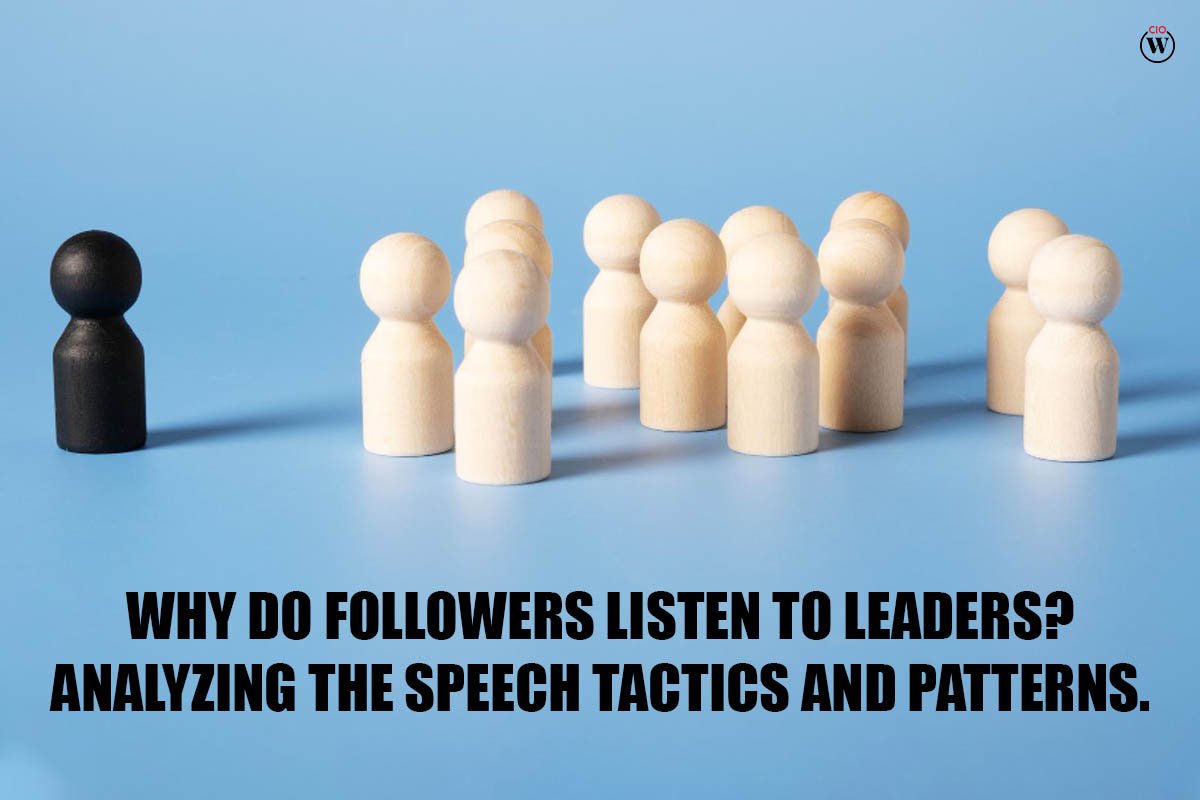Efficient and precise communication is essential for developing as an effective and successful leader or manager. Managers must be competent and compelling communicators in order to attain professional success and for followers listen to leaders. It is crucial that managers and their teams must understand the way to communicate correctly as this will not only assist teams to finish their tasks effectively but also enable companies to achieve success and development.
Followers listen to leaders as someone who can take control, guide, encourage, or excite others. They have the desire to persuade people and persuade them to follow their aims or principles. They are results-oriented, thus they are well-trained and adept in regulating challenging to difficult situations, as well as helping to improve the outputs of teams who work with them. A leader may be anybody who has a charge-taking mindset; anyone can be a leader.
He might be the Prime Minister of any country or a leader of any corporation. These individuals have a lot of leadership characteristics, but they can’t lead if they can’t communicate well.
They may convey what they have and what they expect from others via communication. As a result, excellent communication is what allows leaders to lead effectively. Effective communication skills aid in the development of greater understanding and beliefs among individuals, inspiring followers listen to leaders and the concepts and ideals instilled in them by their leader.
A manager who lacks adequate communication skills will fail to reach the objectives established by him and the company, making him an ineffective leader. A manager’s potential may be increased and work done by members of his team by communicating more effectively with his team and colleagues. Effective leaders recognize that good communication is not a one-way street; rather, there are two crucial aspects that complete the communication process: speaking and listening with understanding.
They understand that they cannot continue this process unless they are properly heard and understood by their team members. To help this process go more smoothly, a good manager has well-planned goals in mind that he expects to attain after communicating.
Patter and speech tactics
Rhetorical concerns
A rhetorical question is one that is asked for theatrical effect rather than to elicit replies. This is one of the most widely utilized persuasive methods for presentations since it is so successful at followers listen to leaders. Yet, overusing rhetorical methods may sometimes make your speech appear overly repetitious and ambiguous. Therefore you must strike the proper balance!
Well, let’s see what we can accomplish.
Here analyze the speech tactics and patterns for why followers listen to leaders;
1. Make your audience think.
If you pose an open-ended question without offering an answer, your audience will begin to consider their own responses.
For example, “What do you believe the world will look like in 50 years?”
What were some of the thoughts that came to you?

Then then, who doesn’t? Is it equipped with levitating automobiles and magic glasses? Is it dying as a result of climate change?
When someone asks you a rhetorical question, your mind begins to explore several possibilities. You can even find yourself investigating previously unknown options!
2. Highlight a certain place
To emphasize your prior remark, employ rhetorical questions. This will cause your followers listen to leaders the significance of what you say and agree with you.
“67% of all Aussies are overweight,” for example. “Do you count as one of them?”
The rhetorical question here reinforces the previous assertion in your thoughts. You realize that 67% of Australians are overweight, which is a very high number.
3. Elicit emotions
Rhetorical questions may also elicit emotions by placing the listener in a position where they can empathize with the topic at hand. Let’s turn “Future generations will never see tigers or polar bears again” into a rhetorical question.
“What if your kid and their child never see another tiger or a polar bear?”
Watch how it works to make the followers listen to leaders and what you want them to feel. This assists you in persuading people to believe your words.
4. Language that is inclusive
Pronouns that include your audience, such as first and second-person pronouns, are examples of inclusive language. They are convincing because they involve your audience directly and instill a feeling of duty and inclusion in them. Therefore, let’s look at the many ways we may utilize inclusive pronouns:
1. “Us”
Everyone enjoys feeling involved. Hence, employing first-person plural pronouns is an excellent method for to followers listen to leaders while also extending your message to them.
“Us” and “we” are examples.
Which sentence, for example, sounds more convincing?

Humans must act to halt climate change!
We must act to halt climate change!
Of course, the second one! This is due to the fact that adopting inclusive pronouns makes the audience feel accountable and included in your message.
blog-English-5-techniques-to-make-your-audience- believe-your-speech-persuasive-techniques-for-speeches-inclusive
2. “Both of us”
The “we and them paradigm” is one of the most powerful tactics for persuading your followers listen to leaders and to behave one way or the other.
So, how exactly does it work?
To help us comprehend this, consider an example from JK Rowling’s The Fringe Benefits of Failure and the Power of Imagination Address.
“People have the option of refusing to hear screaming or gaze into cages.” vs “We have the ability to envision better.”
Rowling clearly categorizes two groups of persons here;
These are the folks who lack empathy and are unwilling to assist others.
Us: Those with the ability and willingness to assist.
She eliminates her audience from the unfavorable group and aligns them with the favorable group by using this paradigm.
As a result, she persuades the audience to believe in her message because she believes in them.
This is how you should use the us-versus-them worldview.
5th. Emotional language
Emotional language is another very compelling strategy for presentations.
Why?
Emotional language, on the other hand, relates to the specific selection of words and phrases that appeal to the audience’s pathos… in other words, emotions. Take, for example, Sir William Deane’s speech It Is Still Winter at Home.
“Their death is a tremendous sadness for their families and friends”
“These fatalities constitute the most significant single peacetime loss of young Australians.”
Let’s delete the emotional wording from these lines and compare the results:
These deaths have been difficult for their family and friends.
The catastrophe claimed the lives of many Australians. Without emotional language, there are no longer any feelings or ‘alive’ in the discourse. We are no longer interested in the speech.
So, how can we include emotional language in our speeches?
1. Adverbs and adjectives
To followers listen to leaders, and use emotionally charged adjectives and adverbs.
For example, don’t merely state, “The males bullied the girl.” This is really too boring.

Instead, add additional adjectives and adverbs to make it appeal to the audience’s sympathies.
“The petite, innocent girl was constantly bullied by the older lads,” for example.
2. similes and metaphors
To relate one item to another, use metaphors and similes. This will assist the listener in visualizing what you are discussing and will make your speech more persuasive. Don’t just state “The light was brilliant,” for example. “The brightness was as brilliant as the sun,” you remark instead.
See how this creates a more vibrant image? This assists the audience in seeing and feeling what you want them to experience.
Also Read: The Core Leadership Skills You Need in Every Role









